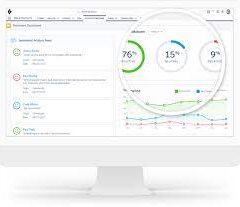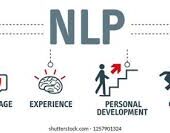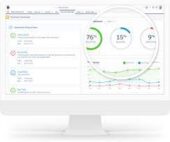What to Know About Tableau Cloud Migration to Hyperforce
Tableau Cloud is transitioning to Hyperforce, Salesforce’s next-generation infrastructure for the public cloud, in the second half of 2024. This shift promises enhanced security, scalability, and compliance, allowing customers to better manage data residency and adhere to local regulations. Here’s a closer look at what Hyperforce is, the benefits it brings to Tableau Cloud, and how to learn more about this significant upgrade.
What is Hyperforce?
Hyperforce is Salesforce’s advanced infrastructure architecture tailored for the public cloud. It marks a significant technological advancement, enabling applications to perform with greater security and efficiency. Unlike traditional hardware-dependent setups, Hyperforce is built on a foundation of code, allowing seamless deployment across global regions. This flexibility ensures effective data residency management and compliance with local laws.
This might be a good time to consider moving to Tableau Cloud. Shifting workloads to software-as-a-service (SaaS) solutions has been an increasing priority for organizations for years. As we build for a world facing new economic challenges and uncertainty, executives have increasingly looked to Tableau Cloud, our SaaS offering, to help them develop their own competitive advantages, easily scale, and maximize efficiency. Flexera’s 2023 State of the Cloud reports that 51% of data is now in the public cloud, and nearly half of their survey respondents indicated their organization plans to move from on-premises software to SaaS. More and more organizations are turning to cloud solutions to reduce operational costs and drive their own digital transformation.
Benefits of Tableau Cloud on Hyperforce
When Tableau Cloud transitions to Hyperforce, customers will experience immediate benefits while retaining the familiar user experience and functionality. Here’s what to expect:
- Enhanced Scalability and Security: Hyperforce boosts Tableau Cloud’s scalability and security, providing a robust platform without altering the product’s core features.
- Seamless Transition: Early adopters, like data.world, confirmed a smooth transition with maintained reliability, performance, and uptime.”It was a pleasure to work with Salesforce to be the first to use Tableau Cloud on Hyperforce. As promised, the experience was seamless. Hyperforce delivered the reliability, performance, and uptime that met and even exceeded our expectations.”
— Jon Loyens, Chief Data Officer at data.world - Feature and Compliance Parity: Tableau Cloud on Hyperforce maintains all existing features and compliance certifications. Additionally, it supports more certifications, such as PCI-DSS and IRAP, and accelerates the acquisition of new certifications.
- Improved Resiliency: Hyperforce’s architecture includes three availability zones for each region, enhancing resilience against public cloud outages.
- Regional Expansion: Hyperforce expands Tableau Cloud’s global presence, including a new region in Germany and a planned expansion to Singapore later in 2024.
Leveraging Salesforce Innovations
Hyperforce enables Tableau Cloud to integrate more effectively with Salesforce’s existing innovations and integrations, fostering faster innovation. A notable example is Tableau Cloud Private Connect, which allows secure connections between Tableau Cloud and popular cloud data warehouses and lakes via a private connection, enhancing data transit security.
Learning More About the Migration
To delve deeper into Salesforce’s Hyperforce platform and the Tableau Cloud migration, refer to the Hyperforce FAQ and the Tableau Cloud Hyperforce Migration article.
This migration marks an exciting phase for Tableau Cloud, promising unparalleled scalability, security, and compliance. The enhanced regional availability and compliance standards will enable more organizations worldwide to leverage Tableau Cloud, while the platform’s flexibility will spur faster AI-powered analytics innovations. For those interested in the technical details and implications of this transition, contact Tectonic today.
Tableau Cloud is always on the latest version Tableau, which means you get access all of the innovations as soon as they’re available. That means all Tableau AI features that we develop are available to your data community right away. As transformational technologies like LLMs are integrated into Tableau Pulse, your teams can use them to stay up to date on all the most essential metrics immediately.
🔔🔔 Follow us on LinkedIn 🔔🔔













